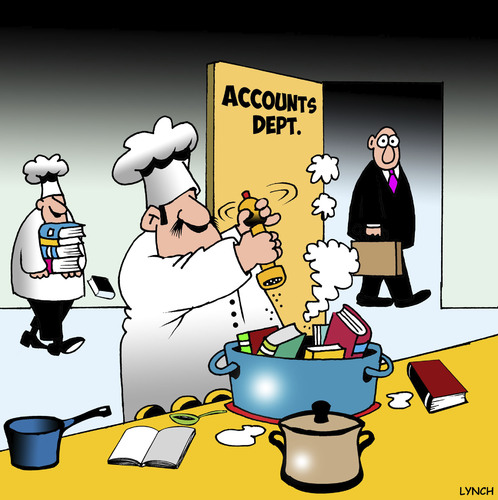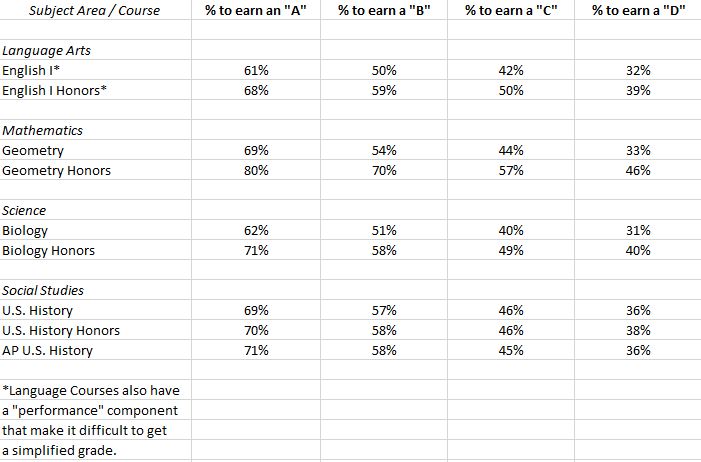
One week ago yesterday, Hillsborough County Public Schools announced that its graduation rate had jumped 3.8 points to reach its highest total yet, 82.9%.
And in the midst of what should be encouraging news, I cannot help but feel unavoidably ambivalent. While I am glad that so many students earned their high school diploma here and across the state of Florida, I wonder how many of them—especially the bottom quartile of graduating classes—are truly prepared for college or career, let alone life.
Anyone who has been teaching for the last decade and has been paying attention to this so-called accountability movement unfold is aghast at the amount of grade inflation taking place. As a high school teacher, I have watched with dismay over the years as we continually lower our expectations for students, especially on the semester exams when we try our best to give students grades they don’t deserve.
The state of Florida ensures that students pass certain classes in order to be considered worthy of a high school diploma, and in the chart below I pulled the percentages that constitute passing scores for exams within the “core classes”—language arts, mathematics, science and social studies. The scores that our students must achieve on these exams are low.
Really low.

I pulled well over two dozen scales out of curiosity and the numbers generally fall in line with what is seen above. Students typically need to only get approximately 70% of the questions correct to earn an “A” (most tended to be in the upper 60s) and, even more shockingly, only have to correctly answer 37% of the questions to earn a passing grade of D.
Perhaps it’s simply my age at this point, or the fact that I grew up in Rhode Island, but in my hometown you could earn an A, B, C—there was no D option—or an F. If a student received any grade lower than a 70 on any assessment whatsoever, it was considered a failing grade. To my recollection, there were no curves on exams either; I only learned of the existence of such curves when I attended college, and even then they were done on a standard bell curve distribution, which ensured that the majority of students earned a C, not an A.
The most pernicious aspect of this grade inflation is the false sense of confidence it instills in students. When I was teaching regular level Geometry, for instance, the students who earned high marks such as an A or B strutted around like proud peacocks until I had all of the students calculate the averages for themselves so that they could see the cutoffs with their own eyes. As their teacher, I knew that these students were nowhere near a level of mastery that these inflated exam grades seemed to indicate, which is why I had to disabuse them of this notion before we entered the second semester. Some were disappointed when they discovered how low the averages truly were, but if nothing else it motivated them to work that much harder in the second semester.
For a number of struggling students, however, this is not the case. There is a considerable amount of gamesmanship on the part of these students because they know that the scales will bail them out and let them pass. I’ve seen with my own eyes a few students who were so completely apathetic that they pencil whipped the bubble sheet without opening the exam, put their heads down, and went to sleep.
And, yes, those scores still counted as part of my VAM.
Looking at the chart below, it is easy to see why these unmotivated students use this strategy. For example, a student who earned a D for both the first and second quarter only needs to get a D on the exam to pass and earn credit towards his or her diploma. In fact, a student can FAIL one quarter, earn a D in the other, and then get a C on exam (which is about the same odds as calling a coin flip) and still get credit for the semester.

On top of this, many teachers in Hillsborough and across the entire state feel the pressure from district administration to help these kids pass, whether that means offering lots of extra credit opportunities, not giving a grade below 50%, etc. Surely the outcome will be similar to the unfolding debacle in D.C. , but for now most are willing to turn a blind eye so long as they can tout rising graduation rates across the Sunshine State. And so we pass these struggling students along from one grade to the next until they walk across that stage, shake someone’s hand, and receive a diploma that they didn’t truly earn.
The truth always comes out, however…
If there is one statistic that demonstrates how our K-12 test-driven education model is failing our students here in Florida, it’s the number of students needing remediation (now euphemistically labeled “developmental education” or DE) when they arrive at college. Florida State University has a program that tracks much of this data, the Center for Post Secondary Success, and statistics found in those articles are illuminating: 70% of students entering a local community college, as well as 50% of students entering a four-year university, are in need of remediation in reading, writing, or math. How can these students have demonstrated proficiency in high school, earn a diploma, and then suddenly need help with the basics?
In the end, I’m truly torn about this situation. As Polk County School Board member Billy Townsend recently wrote (please read it; the entire piece is great), these students who struggle are better off with a high school diploma than without it. Even if these students never go on to higher education, the diploma will prevent them from a life of economic hardship and misery. Without the diploma, however, these students would be doomed. Ultimately, we have to do better, and that will begin when we start having honest conversations about how the entire metric is a sham and only invites this type of manipulation by the state and districts all across Florida.

Had this VERY conversation in OUR teacher planning area!
These grades are horrid and in a local sense cause to question what kind of life exactly we are preparing students for in Hillsborough County!
Combine this with the reality that suspensions for students are. It authorized or allowed for behavior that falls far outside the paramamaters of accepted behavior and the reality is that if this is how one truly prepares today’s students for life I fear what this future reality is!
LikeLiked by 1 person
I think these conversations have been happening in secondary for many, many years, Lisa. I couldn’t be silent about it any longer, especially in light of these kids who do nothing and are awarded with a diploma for their efforts. And, yes, there are so many other aspects of our system that are not truly preparing kids for the world at large once they leave our halls.
LikeLike
Thank you for enlightening those who aren’t aware of this sham. I know teachers as well as most in this school district are aware and disheartened by the fake reports about our graduation rate. Unfortunately, there are a certain few who endorse it, strut like proud peacocks that got a fake “A” instead of being ashamed. Isn’t the district’s new modus operandi “transparency”? How about some of that with regard to our graduation rates!
LikeLiked by 1 person
I know exactly what you mean, Beth. I had a few of those “proud peacocks” in my Geometry classes several years ago. The reverse is also true now that I’m teaching IB. If the students have an A in both quarters, there is really no incentive for them to study for the exam because they can get as low as a C and still keep the A average for the semester, which is the grade that counts toward their GPA. The curves in IB are not nearly as generous (85%+ is an A in my class, 77%-84% is a B, 68-76% is a C, etc), so at least there’s that. And then there’s the whole question of whether or not these exams are even valid assessments…
LikeLike